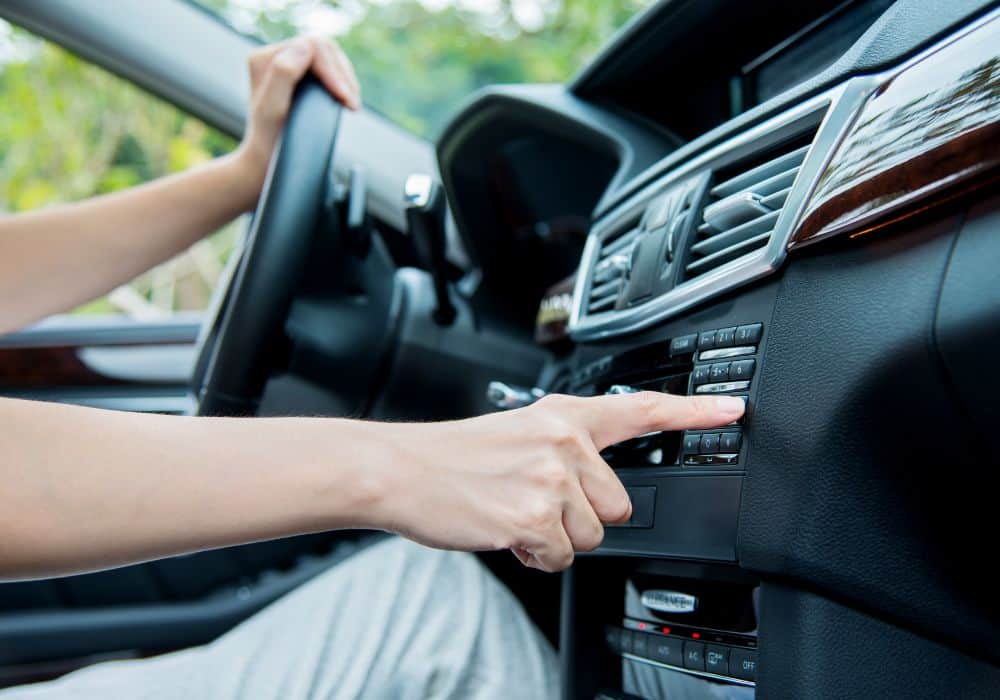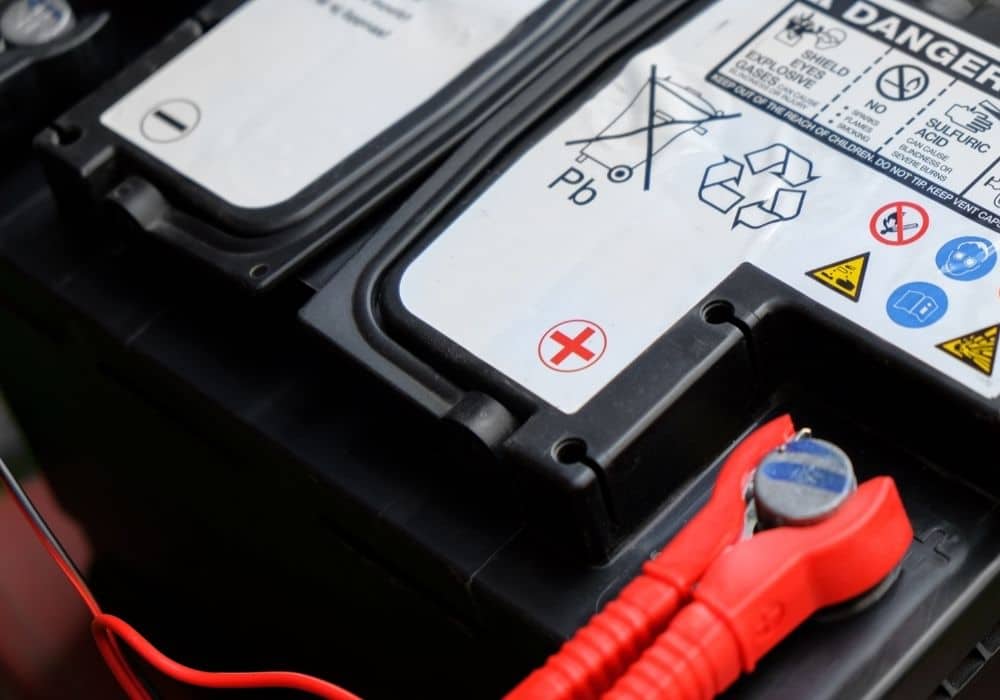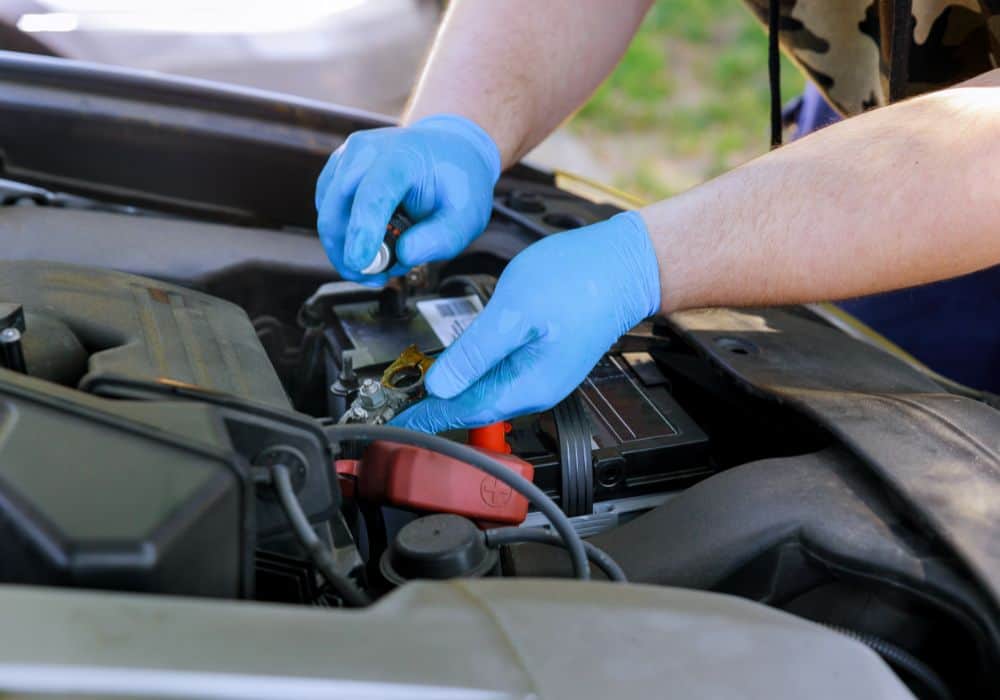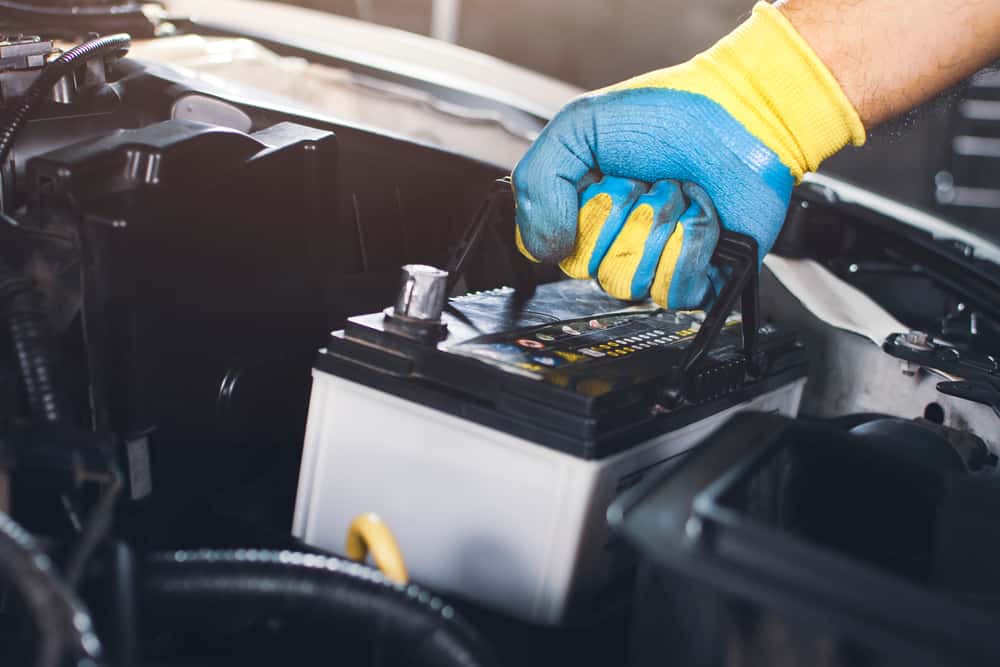It’s likely that you’ll need to buy a new battery at some time throughout the life of your car. Numerous factors can cause the battery in your car to fail.
It can just be leaving a light on in your car, or it might be that the battery is becoming older. In either case, you will probably need to buy and install a new battery if yours is dead.
Typically, acquiring and installing a new battery is a simple operation. Simply remove the old battery and put in the new one, and you’re done. However, on other occasions, you can run into a stalling issue.
When a new battery is installed, various automobiles may respond in multiple ways. One such response might be stalling. You can also fail to start the car. You may know how to solve those problems. But what to do after replacing a car battery to prevent these issues?
It’s crucial to comprehend the potential causes of these problems as well as what you can do to avoid them. So, today, let’s explore what to do after replacing a car battery.
Table of Contents
What to Do After Replacing a Car Battery
It’s simple to save money on vehicle maintenance by changing a car battery by yourself. Rather than paying excessive garage or repair center charges, you can purchase your replacement battery anyplace, including online.
Based on your car, car batteries might cost anywhere from $50 to $200. Once you get the battery, it usually takes 30 minutes to finish the procedure.
Here are tips on what to do after replacing a car battery:
1. Double Check the Battery’s Position
Verify that the new battery’s placement corresponds with the red and black connectors. Place the new battery on the installation bracket and slide it into the vehicle. Connect the clamps or hold-down rod, then secure it by tightening the bolt.
Before reconnecting them, you can try to apply protective felt washers or some battery anti-corrosive protection gel to both battery terminals.
Always attach the positive terminal first when installing a fresh battery. Make sure the adapter is firmly pressed against the terminal. Enforce the nut. The negative connector should be connected to the negative terminal following the same procedure.
2. Configure Your Radio

Because a factory-activated security mechanism, one intended to deter theft, has been activated, your radio has probably locked you out. Sadly, this feature can shut out the vehicle’s owner and prevent car radio thieves from accessing your music system.
Fortunately, provided you are privy to your car’s year, make, model, and unique VIN, this common car radio problem is simple. This means that if you don’t have any access to these codes, you might feel interested in learning how to reset a car radio without a code.
Here is how you can restore your radio’s settings if you don’t have access to your car’s codes:
Method 1: Consult the Owner’s Manual
The owner’s manual of your car is the best resource for finding your radio code. An alphabetically ordered index is provided at the back of your owner’s manual.
Check to see if the makers included this info in the security features, radio, or stereo of your owner’s manual.
Method 2: Browse the Company’s Website
By inputting your car’s year, version, maker product code, or even VIN, you may access the stereo security code from several vehicle manufacturer sites or have it mailed to you.
If you are utilizing an updated or aftermarket radio, this step will be completely worthless. Instead, you should get in touch with the makers of your stereo.
Method 3: Visit the Dealership Near You
The next option is to visit the nearby dealership where you bought your automobile or any local dealership of your car’s maker if the first two methods didn’t work.
For instance, if you have a Ford Escape, get in touch with the parts or service division of any Ford dealership nearby. You will need to provide ownership documentation to the dealership in order for them to give you the radio code.
For security reasons, you may be required to submit information such as your car registration. You can also obtain a radio passcode with a VIN number at a nearby dealership.
Method 4: Make Contact with a Nearby Car Radio Installation Shop
If none of these guides proves successful for you, your last resort is to stop by a nearby car radio installation shop.
Based on the model of your radio, they could be capable of unlocking it. You can also find other methods to restore your car radio’s settings.
3. Reset Your Computer’s Settings
It’s crucial to reset your car’s computer after changing the battery. Resetting an ECM (Electronic Control Module) with a car computer is a standard method that enables you to determine whether replacing a car part is completely essential if the check engine warning light is still on.
The best way to reset an ECM is via an outside code scanner. Scanners are now widely used and can be purchased for relatively little money. Additionally, Bluetooth is set up on them. However, in many cars, merely unplugging and re-plugging the batteries would be sufficient.
Start your automobile and drive it for at least 10 to 15 miles after reconnecting the battery. That allows the ECM adequate time to determine whether the issue has been resolved.
Resetting the auto computer is a good idea in order for the ECM to recognize the new parts after a part replacement.
Moreover, if you are wondering what to do after replacing a battery, the most important thing is to take care of its maintenance, so it lasts long. Need tips on how to do that? We got you!
Tips for Extending a Car’s Battery Life

1. Check Your Battery Voltage Frequently
A battery failure while driving can be disastrous. You can prevent this by testing the batteries beforehand using a voltmeter.
Conduct the voltage assessment for the most precise reading at least twelve hours after turning off your automobile. A fully loaded battery will typically register a reading between 12.4 and 12.8 volts.
If the voltage readings are different, a mechanic needs to examine your battery thoroughly.
2. Avoid Leaving your Vehicle Idle for Extended Periods of Time
Your car’s battery won’t have enough time to recharge if it sits idle for several days at a time. If at all feasible, take your vehicle for a short drive every week to heat up the motor and disperse the oils. Your automobile will operate at its finest when it is used frequently.
It’s likely that your car battery may need maintenance when you use it again if it is idle for a few weeks. The ideal course of action is to ensure it is ultimately charged and confirm that the electrolyte levels are appropriate.
3. Avoid Using Electronic Components When Your Car’s Engine Isn’t Operating
The battery can be discharged by leaving your lights, interior lights, or ignition on while using the infotainment system but not running the engine.
This is due to the fact that when the engine is turned off, your car’s alternator shuts down, causing electronic devices to draw the battery’s power temporarily. Make it a practice to always ensure that everything is off before leaving your car to prevent this.
Don’t overlook locking your car as well before leaving it. This isn’t simply for safety reasons; if you leave your vehicle unlocked, the computer may still be operating, which could drain your battery without your knowledge.
4. Keep Your Battery Clean

A car battery’s grease, dirt, or moisture can create leakage over the battery case, resulting in a short circuit that could collapse your battery. A sponge and a dry towel are excellent to remove this surface-level filth. Do this at least once per month.
However, rust frequently develops on the terminals of the battery and battery lead clips. Removing dirt or build-up from the terminals, lead clamps, and other parts that may have eroded is critical to guarantee your battery’s longevity and effectiveness.
These parts can prevent the power flow of the battery. If necessary, request that your technician clean the terminals when servicing them.
5. Get Routine Maintenance Done On Your Vehicle
It is advisable to have your car battery adequately examined to reduce the possibility of an unplanned breakdown. Request the technician to ensure that your battery is functioning properly and in good shape when you take your car for service.
Conclusion
If it’s your first time installing a new automobile battery on your own, contemplating what to do after replacing a car battery might be tough. But we hope this article gave you an insight into some of the major Dos and Don’ts.
Keep these points in mind before you start the replacement, and we believe you will end up doing a fantastic and smooth job!
